I’m always happy to announce the latest issues of the Journal of Screenwriting and 10.3 — a Special Issue discussing ‘Historiographic Research in Screenwriting’ — is now available!
For me, as Book Reviews editor it’s especially nice to note that 2 alums of the Stephens College MFA in TV and Screenwriting program, one current student and Friend of the Program Anna Weinstein are among the reviewers of books this month, with current MFA candidate CJ Ehrlich having reviewed a text used in our History of Screenwriting courses – Tom Stempel’s Framework.
Does your college library have a subscription? Order one today to read all these reviews PLUS the articles noted below:
Crash! Boom! Bang! How to Write Action Movies, Michael Lucker (2017)
JENNIFER ANNE MARTIN
Words in Action: Forms and Techniques of Film Dialogue, Paolo Braga (2015)
JACKIE PEREZ
ANNA WEINSTEIN
FrameWork: A History of Screenwriting in the American Film, 3rd ed., Tom Stempel (2000)
C. J. EHRLICH
For more information about the special issue and journal, click here >> https://www.intellectbooks.
Issue 10.3 Included:
STEVEN PRICE AND CLAUS TIEBER
Articles
JAN HENSCHEN
ALEXANDRA KSENOFONTOVA
Walter Reisch: The musical writer
CLAUS TIEBER
Network television writers and the ‘race problems’ of 1968
CARYN MURPHY
From dialogue writer to screenwriter: Pier Paolo Pasolini at work for Federico Fellini
CLAUDIA ROMANELLI
The Journal of Screenwriting is an international double-blind peer-reviewed journal that is published three times a year. The journal highlights current academic and professional thinking about the screenplay and intends to promote, stimulate and bring together current research and contemporary debates around the screenplay whilst encouraging groundbreaking research in an international arena. The journal is discursive, critical, rigorous and engages with issues in a dynamic and developing field, linking academic theory to screenwriting practice.
Get your copy and subscription to the Journal of Screenwriting Today!
Join me at the Screenwriting Research Network’s Annual Conference in Oxford, UK
* A portion of each sale from Amazon.com directly supports our blogs
** Many of these books may be available from your local library. Check it out!
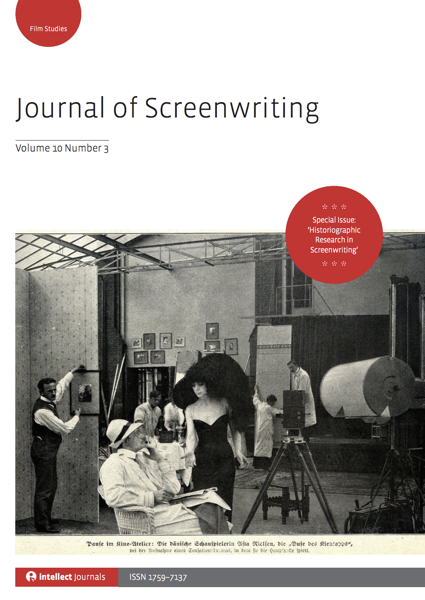
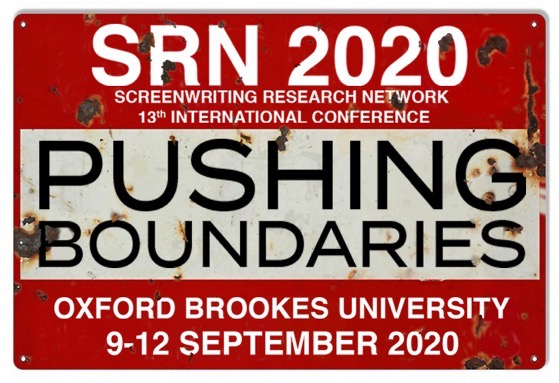
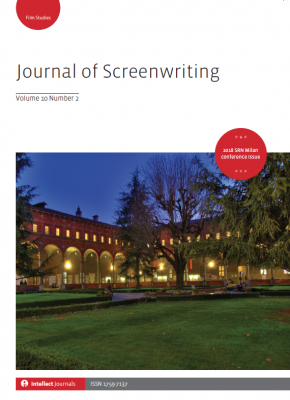
![34 More On Frances Goodrich & Albert Hackett – “When Women Wrote Hollywood” with Dr. Rosanne Welch [Video] (1 minute 10 seconds)](https://rosannewelch.com/wp-content/uploads/2019/12/csuf-rmw-w3h-34.jpeg)
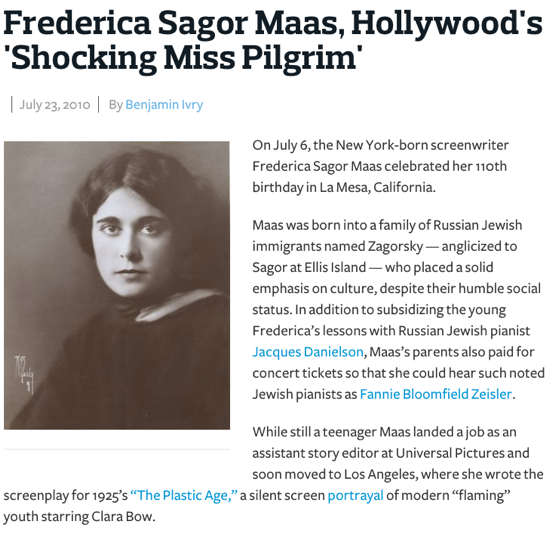
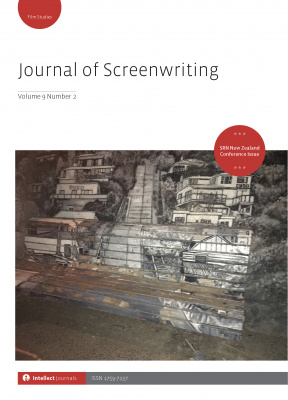

![26 Dorothy Parker and A Star Is Born from “When Women Wrote Hollywood” with Dr. Rosanne Welch [Video] (55 seconds)](https://rosannewelch.com/wp-content/uploads/2019/11/csuf-rmw-w3h-26.jpeg)
